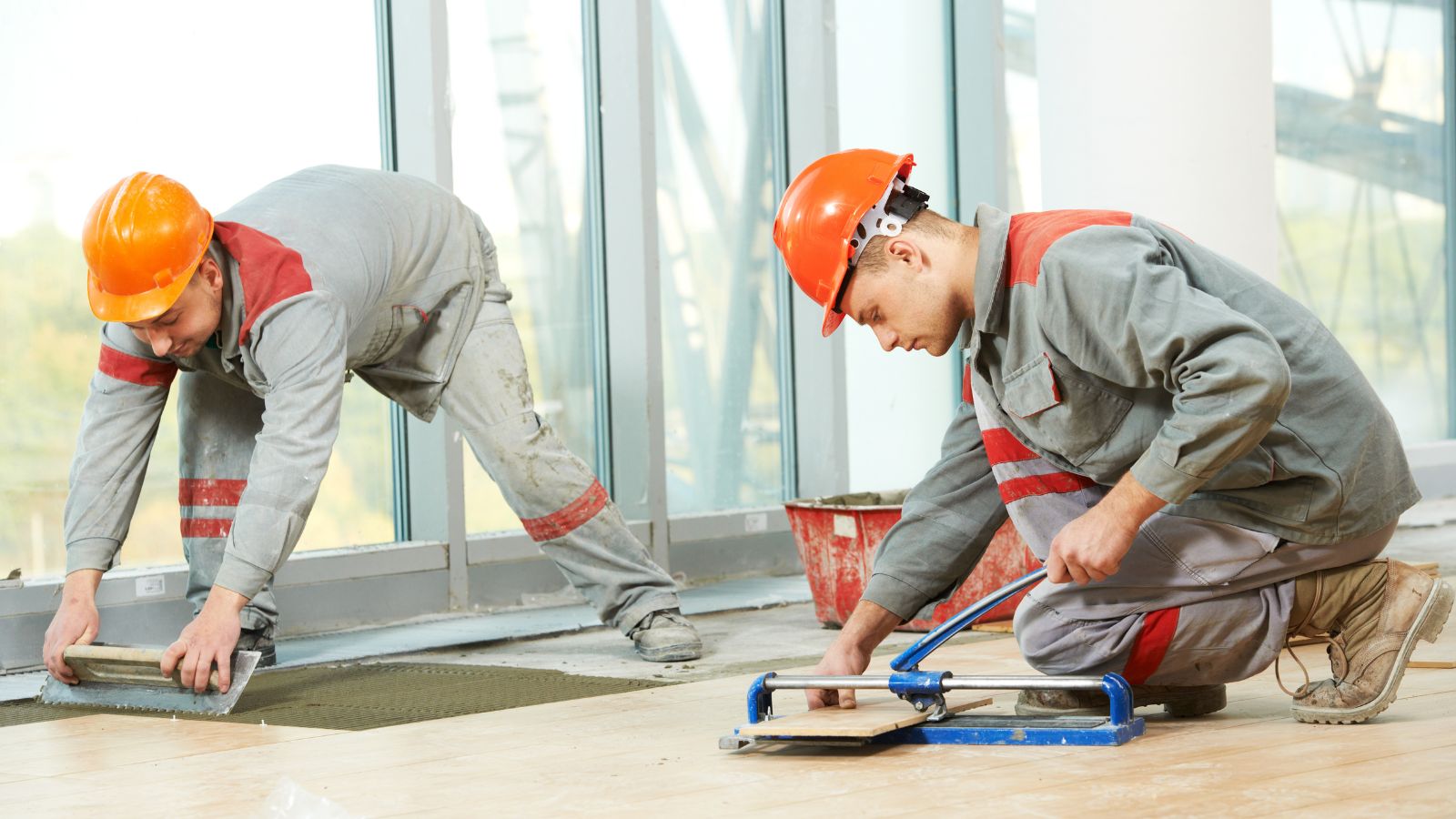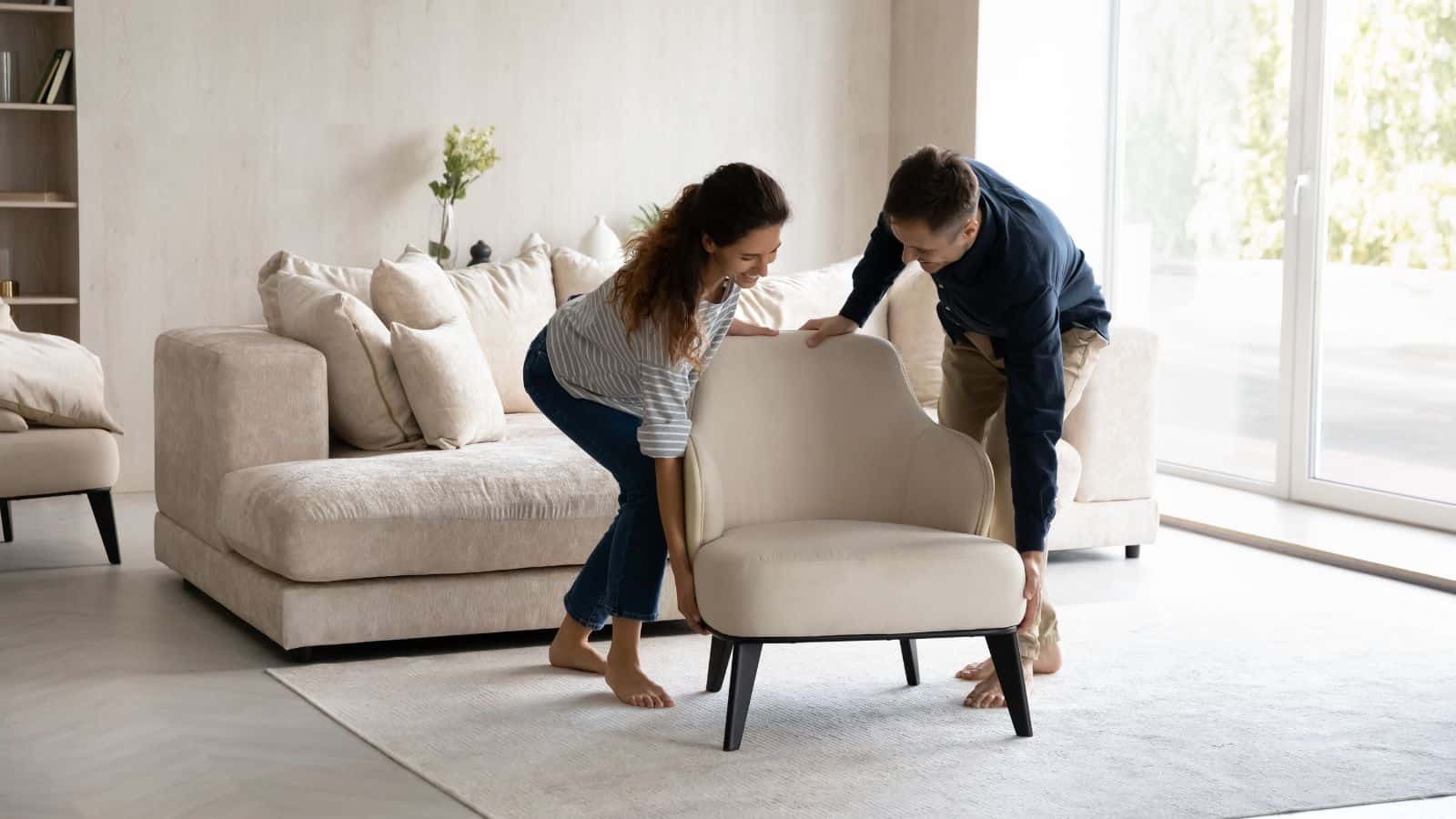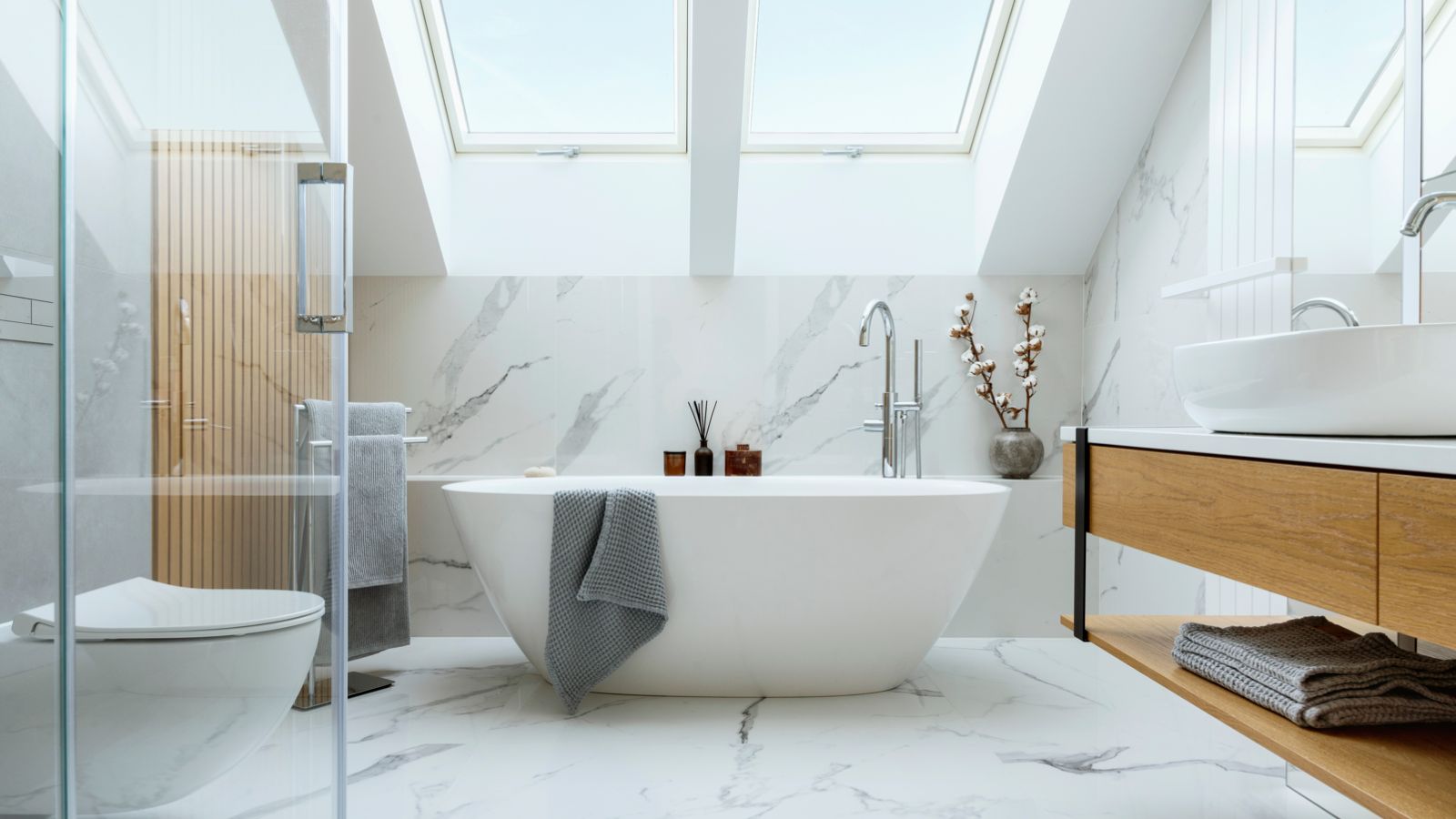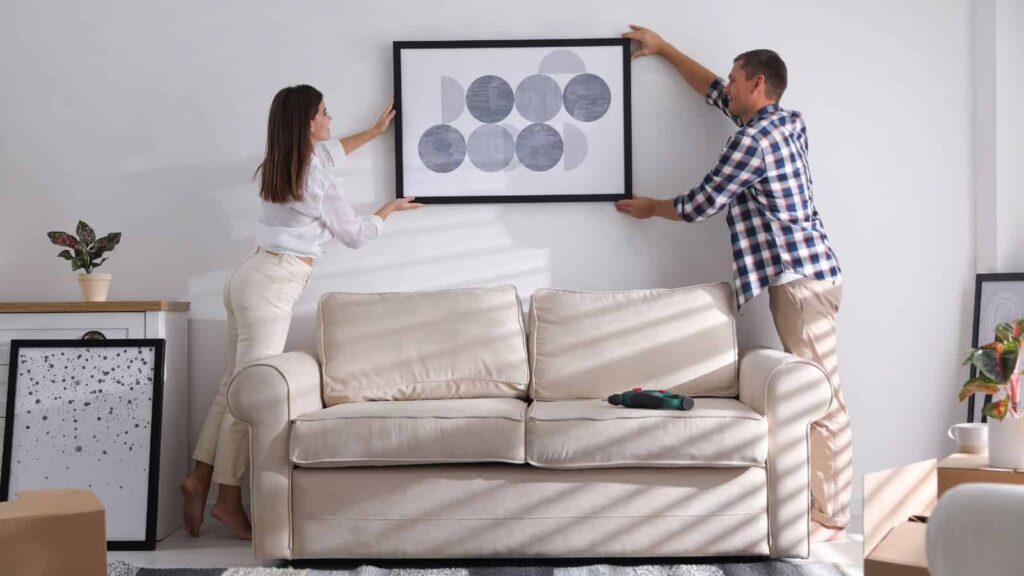Your home is a personal sanctuary, reflecting your tastes and providing comfort and functionality. We’ve gathered some expert insights to help you incorporate elements that make your space both stylish and practical.
Flooring Choices

It may not be at eye level, but according to Good Housekeeping, your flooring is “a crucial design element, every bit as visually impactful as paint colors and furniture.” Designers will always have an eye for the suitability of the flooring you use in each space, as well as whether there are effective transitions between rooms.
Artwork Display

Artwork allows you to add personality to your home, and although you can add playful touches, it should cohesively work with the rest of your home. Where the artwork is placed is also important, as is ensuring that it’s appropriately sized for the space. Don’t forget about the frame; the style, material, and color all impact the overall feel of your artwork.
Window Treatments

Curtains, blinds, or drapes all provide texture, height, and practicality in a room, and you can choose styles that align with the rest of the room’s design. Regardless of style, make sure they provide the privacy, light control, and insulation you require.
Lighting Layout

According to the New York Times, “Every room should have a mix of lighting, including overhead, accent, and task lights.” Your space should be well-balanced so that you can light it differently depending on the time of day or atmosphere you want to create in the room.
Color Schemes

Color schemes are important to create the atmosphere in your space, and designers will note whether they’re harmonizing or working to highlight other features of the room. Different colors can be used to create different psychological impacts and spatial effects, but they should work well with your home’s overall color palette.
Furniture Arrangement

How you arrange your furniture is key to ensuring the space feels balanced while allowing ease of movement in the room and practicality. Designers love furniture that’s both functional and aesthetically pleasing. In larger spaces, furniture can be placed more strategically to highlight focal points such as a window or piece of artwork.
Textile Textures

Texture is an important element in any room and adds interest to your space. Designers like to see layered textures that are practical for the space they’re in. Lux Deco also suggests changing out your textures depending on the season—“for example, a linen sofa might go from having cotton and silk cushions in summer to velvet and faux fur in winter.”
Architectural Details

Older houses offer character that designers love, and they’ll always be keen to note whether features such as crown moldings, ceiling roses, or original floors have been preserved. If you’re lucky enough to have any of these details in your home, try to highlight them while integrating them with contemporary elements for a balanced feel.
Technology Integration

While technology is part of our everyday lives, designers like to see that it is integrated into your home without disrupting the aesthetic. Features such as hidden speakers and cleverly disguised TVs are great. On the other hand, technology can contribute to a user-friendly space, and designers love to integrate smart technology and functionality where appropriate.
Green Elements

Bringing the outdoors in with houseplants helps to bring interest to a room as well as improve air quality. Better Homes & Gardens recommends, “When deciding how to arrange houseplants in your living room or bedroom, go with different shapes and growth types.” Designers will also take note of the use of eco-friendly materials in furniture, flooring, and décor.
Storage Solutions

No matter what size your home is, storage is essential. Making the most of underutilized space is the best approach, so features such as under-stair drawers or multi-functional furniture are great. Designers love built-in storage such as wardrobes, shelves, and cabinets, as these can elevate the overall feel of the room.
Artisanal and Handmade Items

Opting to decorate with artisanal or handmade items over mass-produced décor adds a sense of craftsmanship and authenticity to your home that interior designers love. It’s also a chance to add personality by including culturally significant items or memories of travel in your décor.
Outdoor Views and Access

The location of your home and the environment of your surroundings are important to the overall feel of your space, so having views framed by windows can help bring them inside. There should also be good access to outdoor spaces, and balconies, patios, or gardens should fit with the design of the interior space.
Mirror Placement

Mirrors can enhance light and create the illusion of more space in a room. Country Living says, “When choosing height and placement, consider what your mirror reflects—if you have to hang it higher than expected so that it catches the glow of a nearby lamp or a burst of sunlight, then do so.” Make sure to consider how the style of your mirror fits in with the rest of the room, too.
Ceiling Design

Like flooring, ceilings are often an afterthought, as they’re not at eye level, but the height of a ceiling has a huge impact on the feel of a room. Lighting fixtures should be practical but also offer balance in terms of proportion and add to the overall aesthetic.
Entryway Impressions

An entryway isn’t a lived-in space, and practical needs often mean it’s overlooked. However, this is the first impression guests will have of your home, so it’s important for the design and functionality to reflect your style and flow seamlessly into your living spaces.
Bathroom Features

A bathroom should be a relaxing space that gives a sense of peace; therefore, the quality and aesthetics of the materials used should reflect this. You want enough storage space so that your products and personal belongings have a place to live, and if you can incorporate luxury items such as freestanding tubs or heated floors, you’ll elevate the space significantly.
Kitchen Layout and Functionality

For many, the kitchen is the heart of home life, and as a result, the space needs to be well laid out for cooking and socializing. Pay attention to the work triangle; this is how easily you can move between your sink, stove, and refrigerator, and consider choosing durable materials that’ll withstand the test of time.







